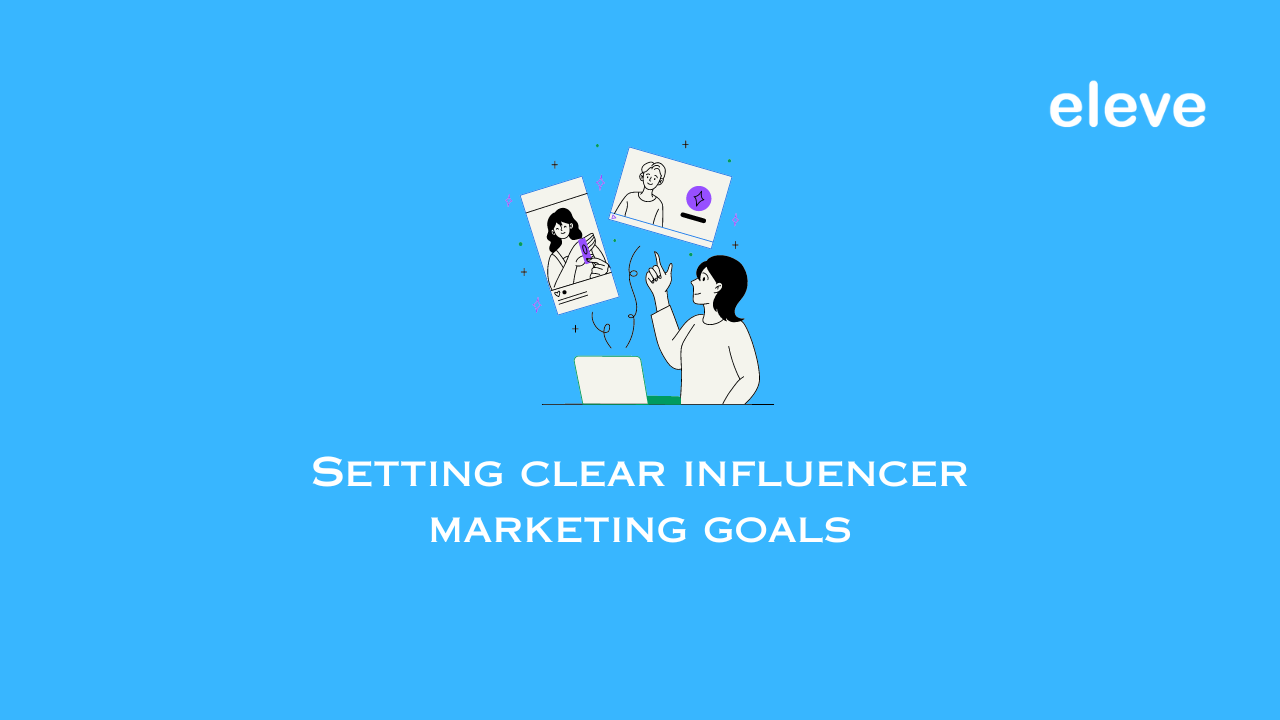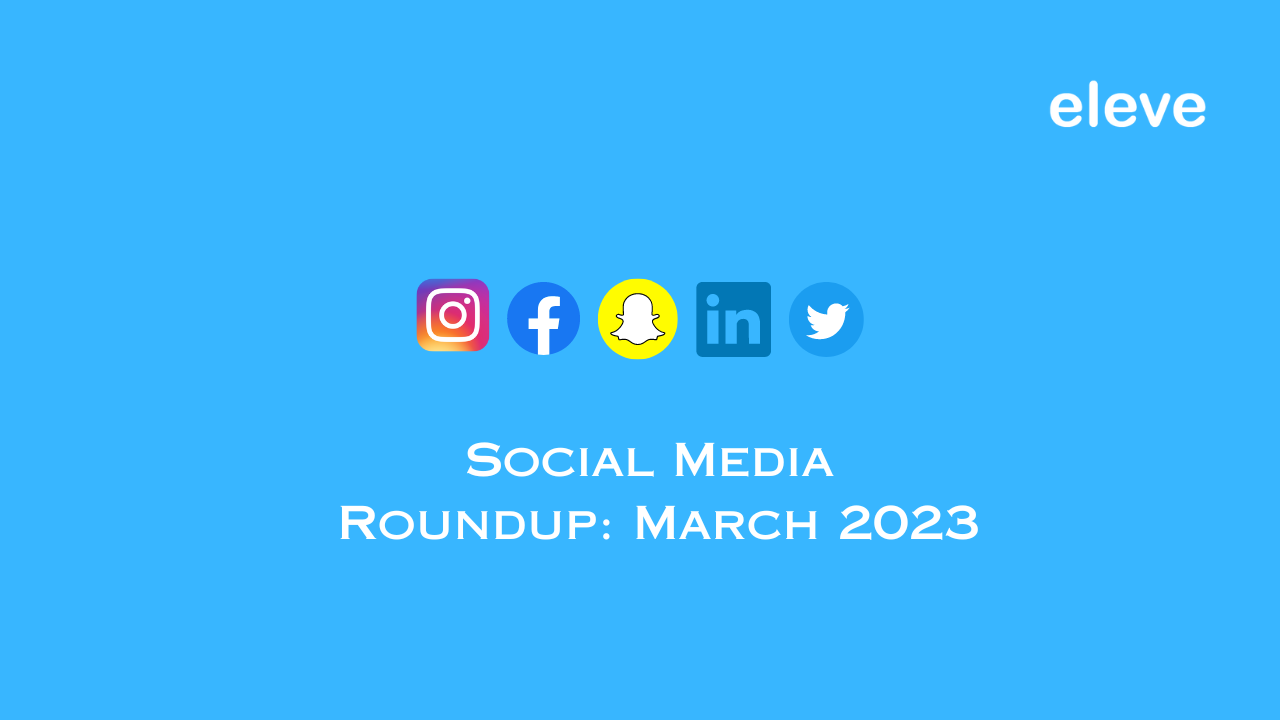Although forming a campaign seems quite a tiresome and time taking job, the real hurdle begins when the marketers have to set up a brand budget. The budget and the campaign are directly proportional to each other, signifying that if the budget is more, there are better chances for the campaign to run at a successful rate. Of course, there can be exceptional cases, but mostly it works in the favor.
In many situations, the elements of the campaign are decided or sometimes scraped off by looking at the in-hand budget of the brand. Budgets vary based on whether the brand wants to launch the campaign on a small scale or a global level and what medium of marketing does the brand choose. It can fluctuate for the brand if the marketer wants to reach out through digital communications and social media, or the marketer wants to invest in traditional media and marketing channels.
While setting up a budget, brands consider a range of costs that are involved in the process of developing a campaign for the brand. The process of budgeting can be divided into three main phases.
The first phase is the initial step of forming the campaign, which includes market research, both primary and secondary, positioning of the product, and figuring out promotional strategies.
The second phase is to hire talents and agencies for developing the core marketing materials that will carry the brand’s campaign into the marketplace.
The third phase is the implementation of the work done in the previous two phases.
Brands separate their budgets according to the distinctive phases and marketing strategies. Even in the big umbrella of different marketing methods, brands divide money according to a criterion that would help them generate maximum profit and bring higher engagement rates.
Influencer marketing is the need for the hour for all the brands who want to make it big in the digital space and want to attract the maximum audiences to their brand. All marketers demand to collaborate with the top influencers in the industry as it somehow gives a guarantee of a set amount of Return on Investment (ROI) and catch up to the investment made by the brand.
That being said, marketers must think critically about the costs associated with an influencer marketing campaign before setting up a budget. To determine the success of influencer marketing, brands have to track the campaign and ensure that the return at least, if not more, matches the amount of investment.
Brands ensure few factors while setting up a budget for the campaign. Negotiation is key for budgeting distribution for influencer as brands cannot afford to splurge all the amount on just one marketing method. Both the parties, brands, and influencers, negotiate the cost of partnership based on:
Reach of the influencers on various social media platforms – Any influencer with a large number of followers and an authentic audience is a jackpot for a brand.
Type of sponsored content on influencer’s profile – Brands look at the quality of the content delivered by the influencers. If it matches the interest, brands pay well to them.
Length of sponsored integration – Brands divides the price range according to the medium of the content. There are separate price layouts for posts, stories, and videos.
Brands would keep a high budget and would happily spend enormous amounts for these categories of influencers because they promise a set amount of profit to the brand. Brand’s ultimate motive is to look at the ROI generated after the investment.
A simple formula calculates the ROI: profit+return/ Total amount spent (investment) *100.
There are various ways through which the ROI of an influencer campaign can be calculated. Brands must list down specific parameters to get clarity on the calculation.
Determine accurate goals for ROI tracking
Brands need to have a clear vision of what parameter they are targeting and which to look at once the campaign is over. Some common marketing goals could be:
- Increase brand awareness
- Reach new targeted audiences
- Improve brand advocacy
- Increase sales
- Manage reputation
- App downloads
Defining metrics based on which goals will be measured
Brands need to set out different metrics for each set of goals that they’ll be targeting. They have to more specific to avoid last-minute confusion. Setting up a period after which the analysis of the campaign will be done is equally important.
To understand the ROI and get a transparent outcome, brands should go for influencer marketing platforms. Calculating ROI manually can be a long and tedious task. The frequency of errors also increases. The platforms will make it easier for the brand to track campaign performance and influencers’ performance accurately.
Brands should always track the performance of all the influencers individually. This develops an understanding, which influencer is bringing in more profit for the brand and which is underperforming. Such monitoring can help in saving effective costs for the brand in the next project.
All the factors mentioned above are KPIs and objectives which contribute to finding the exact percentage of the ROI generated. The more specific brands are with the influencers about their goals, objectives, and KPIs, the better.
Influencer and brand relationships are mutually benefited. A marketer should choose the right set of influencers to work for the brand, and in return, influencers should deliver quality content and understand exactly what the brands are looking to achieve. If a brand yields high market ROI, there are chances that it would create more influencer marketing opportunities for multiple influencers in the business.






